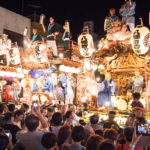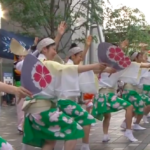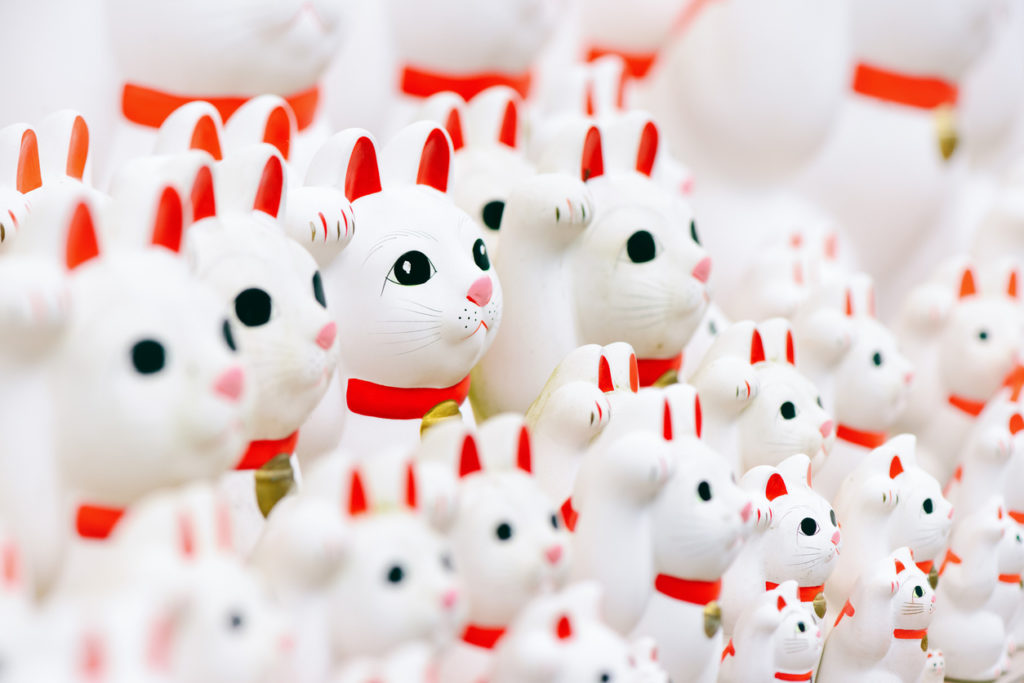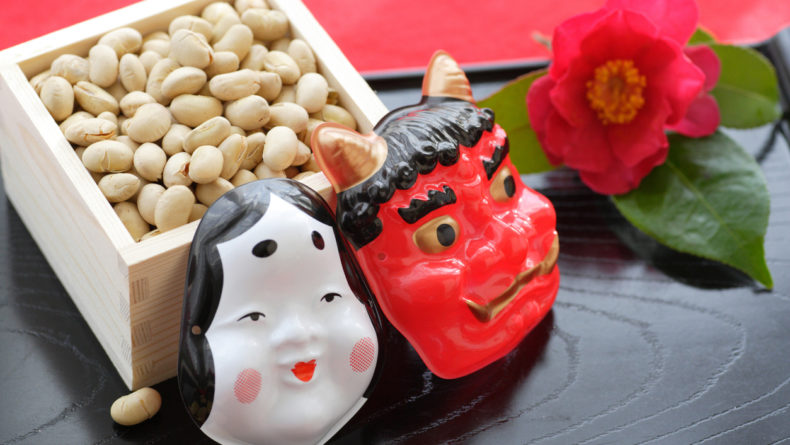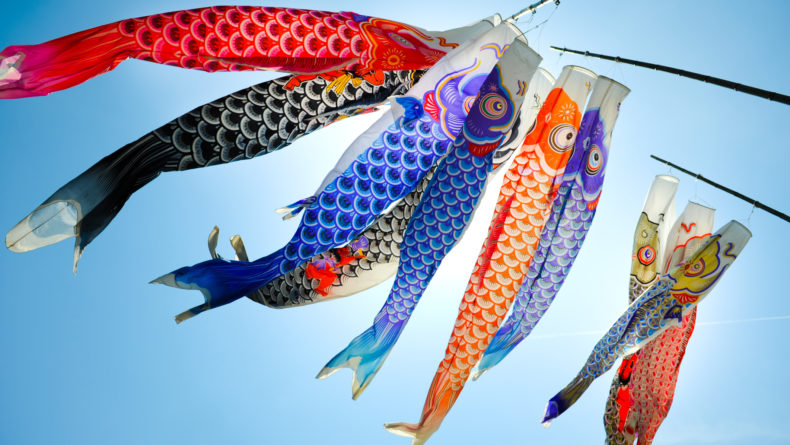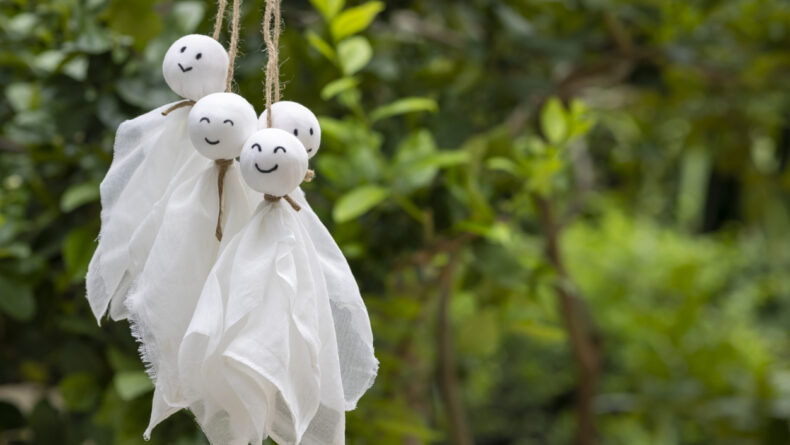Hinamatsuri: Girls’ Day Celebration In Japan
Praying For Girls' Health And Happiness
On March 3, Japan celebrates Hinamatsuri. This holiday is dedicated to girls and their families' hopes for a bright and happy future.
As a small child, I used to think that Japan’s Girls’ Day (or Dolls’ Day)—Hinamatsuri (ひな祭りor 雛祭り)—was actually called ‘Princess Day,’ as the Japanese word for doll, hina (雛) sounds similar to princess, hime (姫). At that time, I was a dress-obsessed tomboy, but I still wanted to be a princess. Hence, I was really looking forward to Hinamatsuri.
A Reminiscence Of Heian Beauty
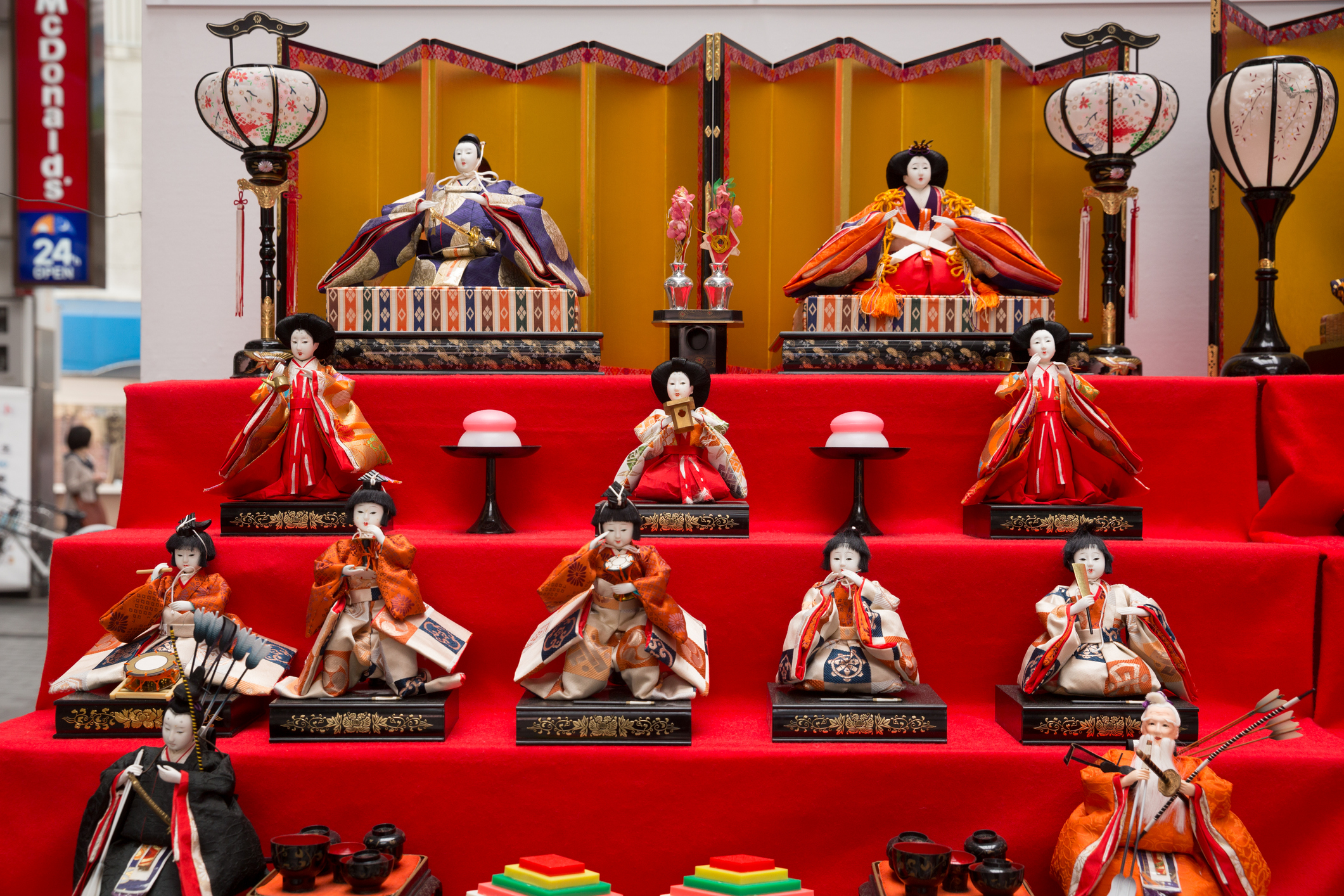 © Photo by iStock: winhorse
© Photo by iStock: winhorseCelebrated on March 3 every year, Hinamatsuri is one of Japan’s most beautiful unofficial holidays. A day on which Japanese households with young daughters decorate their homes with ornamental dolls (hina dolls) disposed on red-cloth-covered platforms.
The dolls are said to represent the emperor, empress, attendants and musicians in traditional court dress of the Heian period. We use them to pray for girls’ prosperity, health and, traditionally, a stable and successful marriage.
The Origins Of Hinamatsuri
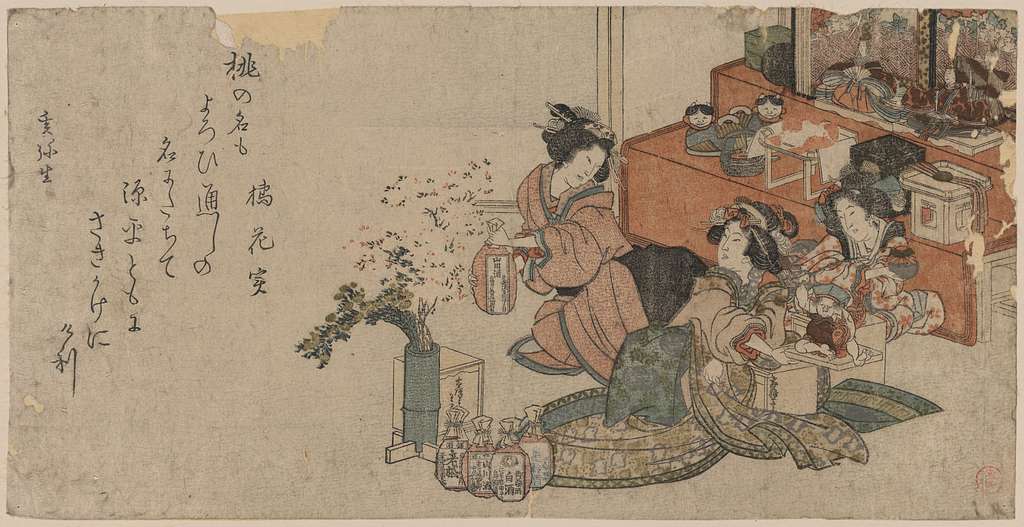 © Photo by Kubo, Shunman, 1757-1820, artist
© Photo by Kubo, Shunman, 1757-1820, artistSimilarly to many Japanese traditional customs, Hinamatsuri is believed to have originated as a ritual to ward off evil spirits and to pray for a prosperous and healthy future. One of its earliest indirect mentions in literature, found in The Tale of Genji, describes the third day of the third month as a purification day when people would transfer evil spirits into dolls and release them into rivers and oceans.
Back in those days, people believed that dolls could contain bad spirits. Households with girls made hina ningyo (雛人形), or hina dolls, out of straw and sailed them down the river in boats, supposedly taking all the potential misfortunes with them. This tradition is known as hina nagashi (雛流し).
The custom has developed into displaying the dolls on platforms covered with a crimsoned colored cloth in 17th century Japan, when Princess Okiko, the daughter of Emperor Go-Mizunoo, played with a doll display set up for her exclusively.
When she assumed the throne in 1687 as Empress Meisho, she popularized the holiday as Hinamatsuri. Since then, craftsmen across Japan have been developing various hina dolls for the holiday and the practice still continues today.
How is Hinamatsuri celebrated in Japan?
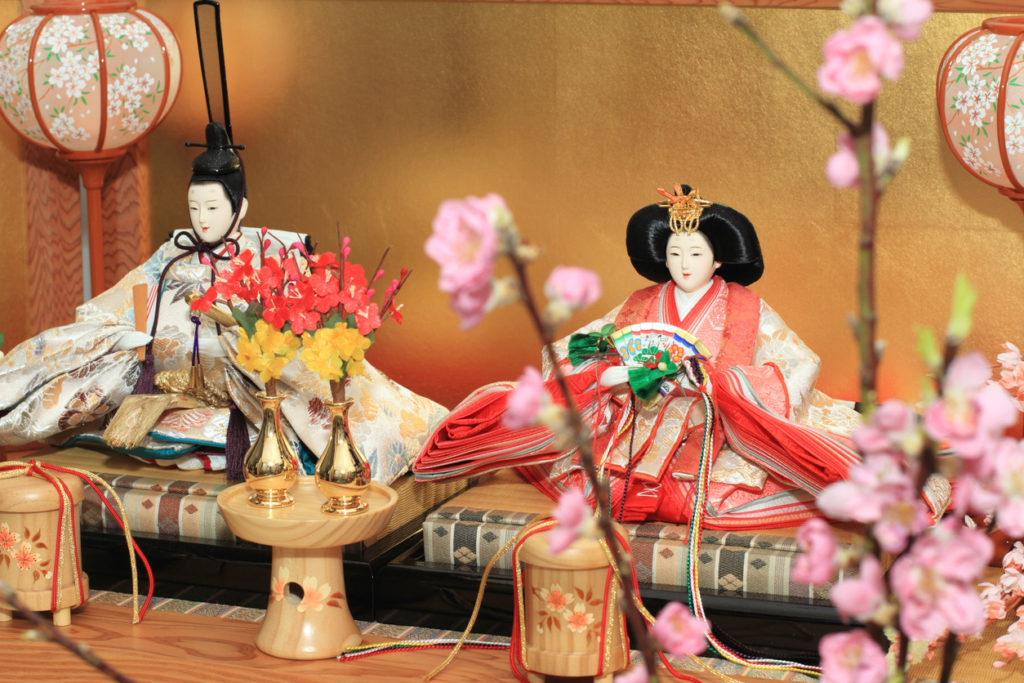 © Photo by iStock: ziggy_mars
© Photo by iStock: ziggy_marsNowadays, most families with daughters will decorate their homes with usually five to seven-tiered platforms of hina dolls. The decorations start in mid to late February and are kept until the end of March 3. Traditionally, parents or grandparents of a newborn girl will buy a set of hina dolls decorations for the baby’s first Hinamatsuri.
Families take the decorations down immediately after Hinamatsuri as superstition claims that keeping the dolls up past March 4 will result in a late marriage for the daughters. In some areas of Japan, people still release paper dolls in water after the holiday, praying for health and good luck.
A Tasteful Celebration
However, apart from decorating platforms with gorgeous dolls, Japanese people also celebrate this day by cooking special food and drinks.
First of all, the customary drink for the festivities for everyone (kids included) is shirozake (白酒). It consist in a sweet sake that contains enough alcohol (nine percent) to make parents cringe. However, traditional dishes are more child-friendly—and colorful.
1. Hina arare
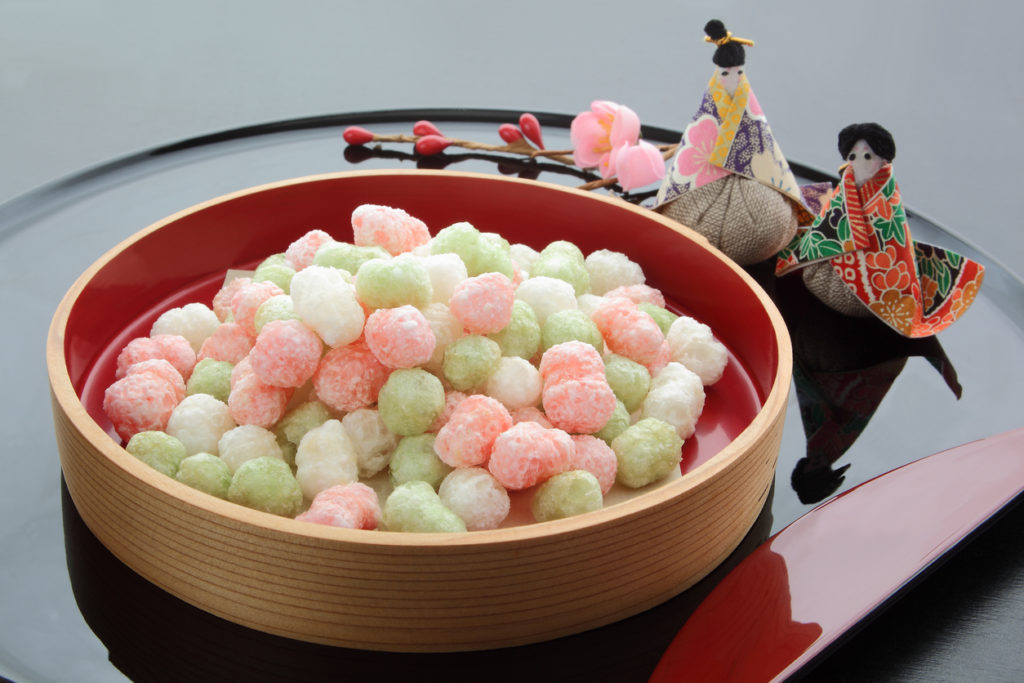 © Photo by iStock: hungryworks
© Photo by iStock: hungryworksArare (あられ) is a rice cracker named after hailstone or snow pellets. Typically, hina arare are colorful and have flavors of soy sauce or sugar, depending on the region.
2. Hishi mochi
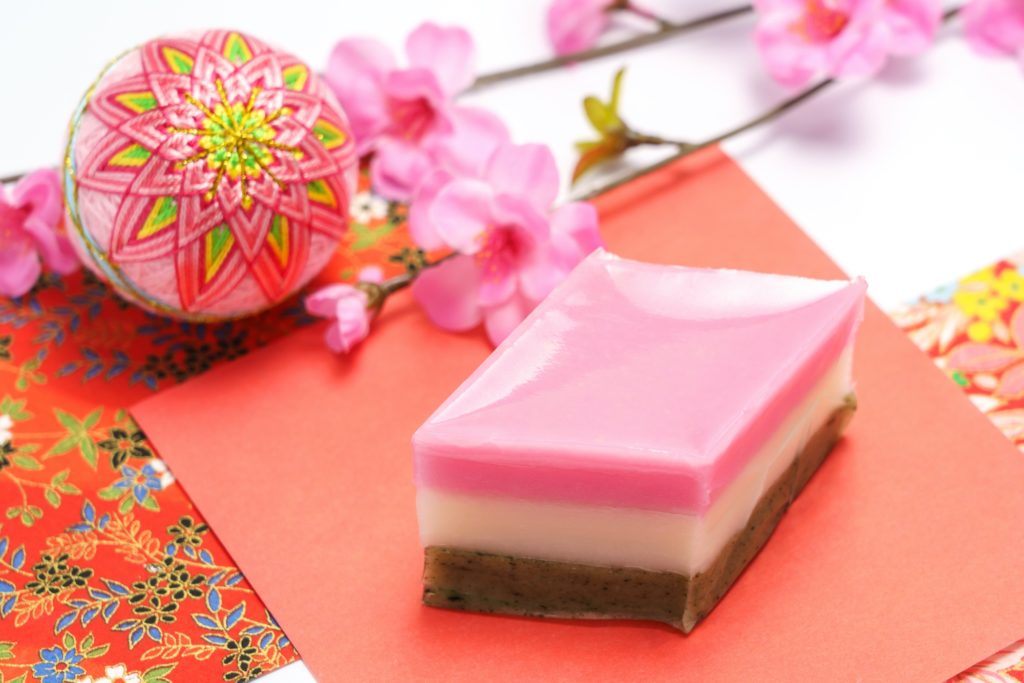 © Photo by iStock: Wako Megumi
© Photo by iStock: Wako MegumiAnother sweet delicacy is hishi mochi (菱餅), a multi-layered rice cake with colors arranged from top to bottom in red (pink), white and green. In certain regions of Japan, yellow may replace red, or the mochi layers may number five or seven instead of three. Historically, people shaped this sweet as a rhomboid during the Edo era, believing it symbolized fertility.
3. Chirashizushi
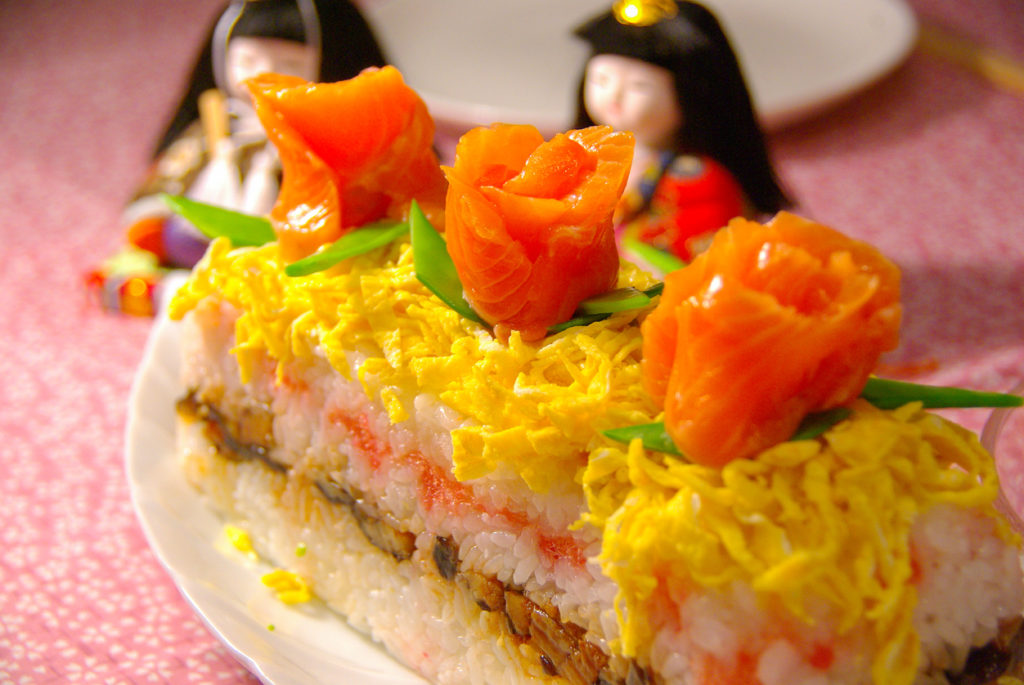 © Photo by iStock: maroke
© Photo by iStock: marokeChirashizushi (ちらし寿司) features savory rice seasoned with vinegar, sugar and a pinch of salt. It typically includes a variety of sashimi and colorful ingredients, arranged in layers atop the rice.
4. Ushiojiru
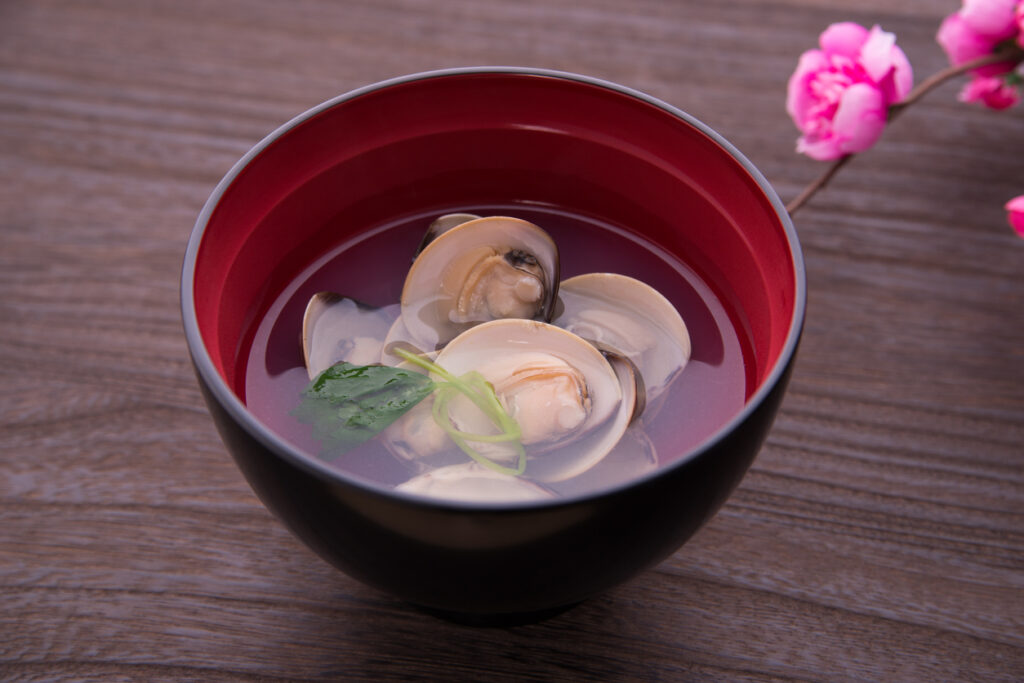 © Photo by iStock: Promo_Link
© Photo by iStock: Promo_LinkLastly, Ushiojiru (潮汁) is a salt-based soup containing clams as the main ingredient. The clamshells symbolize the unity and peacefulness of a couple, as only two perfectly symmetrical twin shells can fit snugly together. Just like snowflakes, no two clamshells are alike.
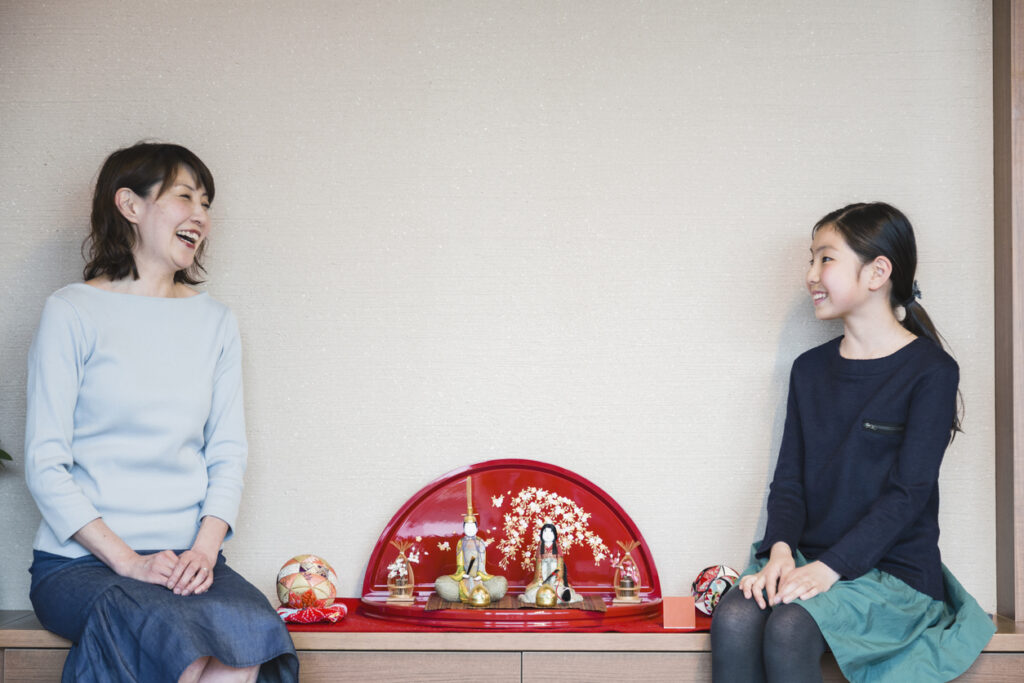 © Photo by iStock: kohei_hara
© Photo by iStock: kohei_haraNowadays, many people also buy beautifully decorated and very feminine cakes, and other sweets to celebrate the day. A perfect occasion to take a snapshot of this very special day for little girls in Japan. If you have a daughter, celebrate this day like a local and decorate your own hina dolls at home. Come March 4, put your dolls away in cupboards so that your precious girl(s) can grow happy and healthy!
Lately, city halls (such as Hino) or Tokyo art exhibitions are also displaying hina dolls this March 2024. If you didn’t have time to do your own set-up this year or if you are just curious, these exhibits offer a perfect occasion to get accustomed to the celebration and catch a glimpse of traditional Japan.
Happy Hinamatsuri!
This article was originally published in February 2016 and updated in February 2024.


